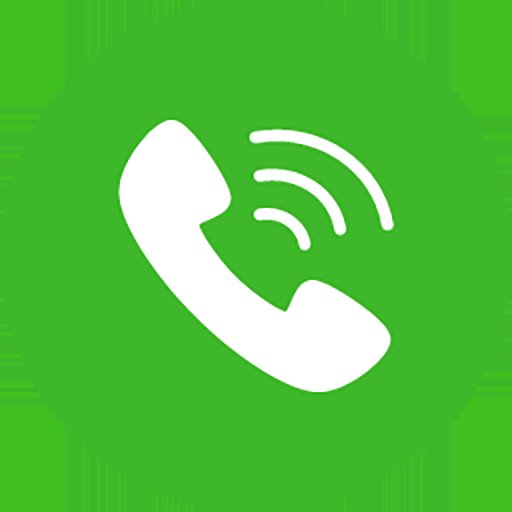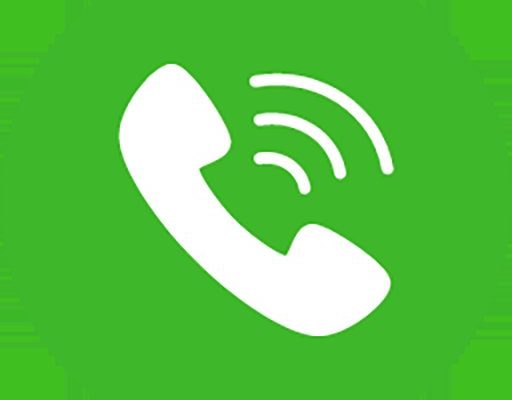
The “SE” error code on a GE microwave can be a bit of a mystery if you’re not familiar with what it means. In simple terms, this code signals an issue with the keypad or control panel. It’s like when your smartphone’s touchscreen stops responding or starts doing things on its own. While it may be tempting to ignore the error and hope it goes away, it’s usually a sign that something deeper is afoot—something that could require professional intervention. So, let’s dive into what this error code really means and when it’s time to call in the pros.
Understanding the “SE” Error Code
Simply put, the “SE” error code typically indicates a “Shorted Keypad” or “Keypad Sensor Error.” This is GE’s way of telling you that the microwave’s control panel is having trouble. Imagine trying to operate your microwave with a sticky or unresponsive button—it just won’t work as it should. The control panel is like the brain of your microwave, controlling everything from the time settings to the cooking functions. When it goes haywire, your microwave can become unusable.
You might be wondering, “Why does this happen?” Over time, the keypad or touchpad panel could experience wear and tear. Grease, food particles, or moisture could find their way into tiny crevices, interfering with the keypad’s functionality. It’s similar to the way spilled coffee can disrupt your laptop’s keyboard. All these factors contribute to the display showing that frustrating error code.
So, what are your options when faced with this issue? While some might suggest a DIY approach to cleaning or even replacing parts, be cautious. Fiddling with electrical components can be risky without proper knowledge and tools. Hence, diagnosing the problem accurately—without causing further damage—is essential. In many cases, reaching out to a qualified technician is the most practical and safest route.
When Is It Time to Call a Technician?
Knowing when to call a technician can save you time, money, and a whole lot of hassle. If your GE microwave displays the SE error code persistently and unplugging or resetting the device doesn’t help, it’s usually a sign that the issue is beyond a quick fix. Attempting to fix electrical appliances without the correct expertise can lead to further damage—not to mention the risk of electric shock or injury.
Consider this from another angle: if you were feeling unwell and home remedies didn’t improve your condition, you’d probably visit a doctor. Similarly, a microwave flashing the SE code is its way of telling you it needs professional care. Technicians have the tools and knowledge to safely access and assess the control panel, identify underlying issues, and carry out proper repairs or replacements.
In some cases, the cost of repairing the microwave may approach or exceed the cost of replacement, especially for older models. A technician can help you weigh these options, providing a cost estimate that can inform your decision to repair or replace. Ultimately, calling in a professional not only resolves the immediate problem but can also extend the lifespan of your appliance.
Preventive Tips to Avoid Future Issues
Let’s talk prevention. Just like maintaining a car ensures it runs smoothly, caring for your microwave can prevent many common issues from occurring in the first place. Regular cleaning is key. Wipe down the keypad and control panel with a soft, dry cloth to clear away dust and moisture that could cause malfunctions. Keep food and drinks covered to prevent splatters, and make sure the microwave’s ventilation is unobstructed.
Another handy tip is to avoid pressing buttons with wet or greasy hands, as this can expedite wear and tear on the keypad. If you’ve had issues with power surges in your home, consider using a surge protector to safeguard your appliances’ electronic components. These small changes can make a big difference in avoiding that pesky SE error code.
In conclusion, while microwaves are built to be reliable, they’re not immune to the occasional hiccup. Recognizing when it’s time to call in a technician for the SE error code can prevent further complications and ensure your microwave continues to be a faithful kitchen companion. By following some simple preventive measures, you can keep your microwave in top condition, ready to help you whip up meals with ease.
